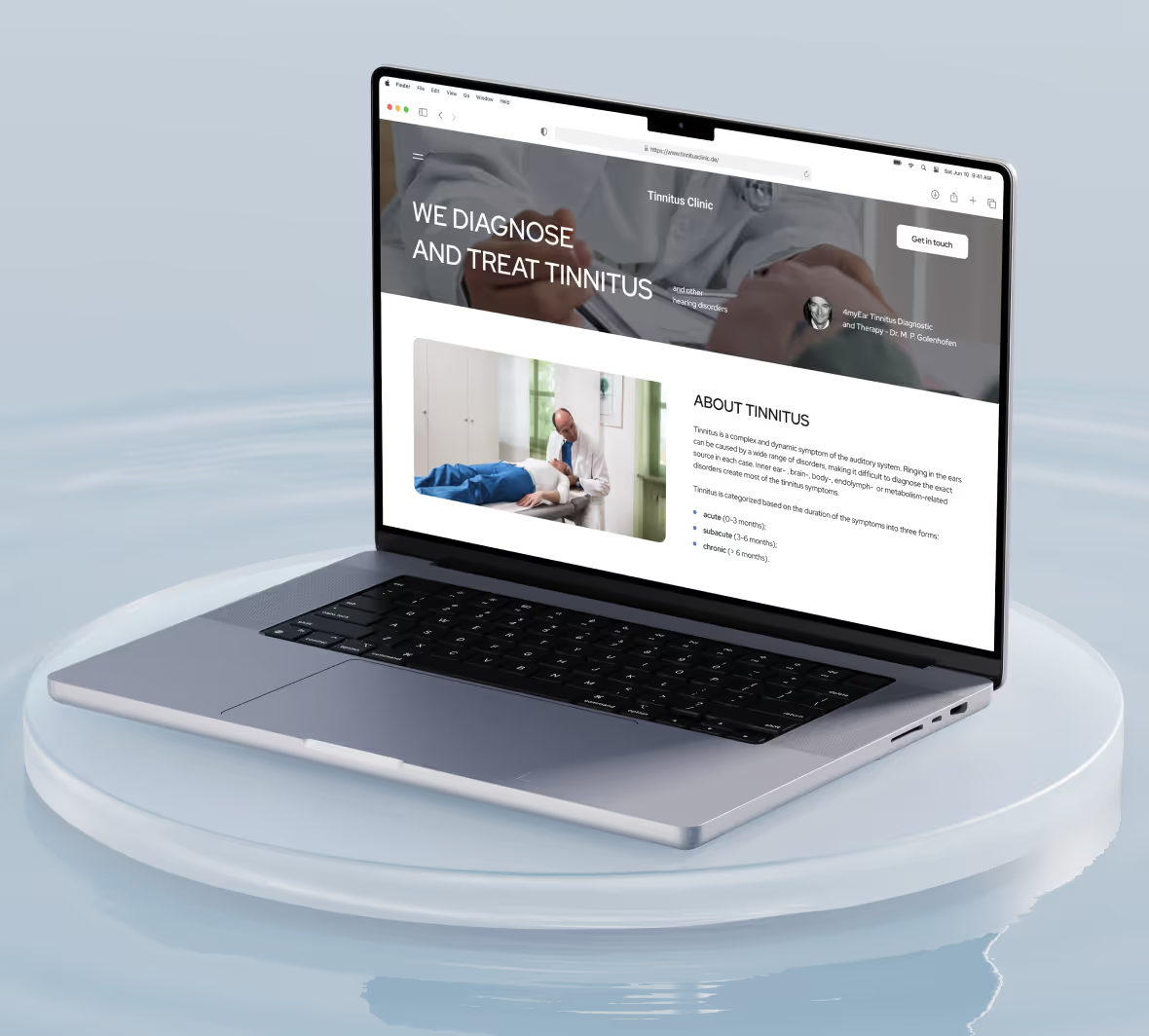
What if you could avoid wasting €50,000 building the wrong product? That's exactly what product discovery services are for. It prevents the most expensive mistake in product development: building something nobody wants.
Product discovery is the systematic process of validating what to build before spending months in development. It uses research and testing to ensure you're solving real problems that users will actually pay to fix.
Key points:
- Validate before building anything
- Challenge your product assumptions
- Use frameworks to test ideas
- Research reveals user needs
- Iterate quickly, learn constantly
The problem with traditional product development
Here's what typically happens without discovery. A team identifies what seems like an obvious problem, designs an elegant solution, spends six months building it, and launches to crickets. Users don't adopt it, revenue doesn't materialize, and everyone wonders what went wrong.
The problem wasn't development quality or technical capability. The problem was building the wrong thing because nobody validated whether users actually wanted that solution to begin with.
Why your assumptions are probably wrong
Your expertise can actually prevent you from understanding what users really experience. Every year of domain knowledge creates stronger mental models that blind you to user behavior. You assume users think like you, research like you, and prioritize features like you. They don't.
Consider generational shifts: Only half of Gen Z consumers consult Google first when researching products, with one in ten preferring TikTok. If you're a millennial product manager building based on your own research habits, you're designing for behavior patterns an entire generation has already abandoned.
Our product discovery process
At Minimum Code, we've developed a lightweight process that helps founders discover what to build before spending resources on development:
1. Define target user, problem, and solution
- Identify who will use your product
- Clarify the specific problem they have
- Outline how your app will solve this problem
2. Brainstorm features without filtering
- Create a comprehensive list of potential features
- Don't limit your thinking at this stage
- Document everything, regardless of feasibility
3. Prioritize ruthlessly
- Stack rank all features based on impact and effort
- Keep only what's essential for your first version
- Identify the 1-2 core features that matter most
- For v1, consider building only the single most important feature
4. Define user roles, stories, and sitemap
- Outline different user types and their goals
- Create user stories (As a [user], I want to [action], so I can [benefit])
- Map out the basic structure of your application
5. Create wireframes
- Develop simple visual representations of your screens
- Focus on functionality rather than aesthetics
- Use wireframes to verify your user flows make sense
6. Show wireframes to potential users
- Get early feedback from real users
- Observe how they interact with your concepts
- Note questions, confusion, and positive reactions
7. Optional: Create a clickable Figma prototype
- For more complex products, build a high-fidelity mockup
- Use this for more effective demos to potential users or investors
- Test more nuanced interactions before development
Practical discovery frameworks
Successful founders leverage three powerful discovery frameworks to validate product ideas:
1. Design Thinking
- Focuses on deep user empathy
- Uses iterative prototyping approach
- Ideal for solving complex user experience challenges
- Emphasizes understanding emotional user needs
- Generates innovative solution pathways
2. Lean Startup
- Enables rapid experimentation
- Validates market demand quickly
- Minimizes waste through minimum viable products
- Encourages continuous learning and pivoting
- Perfect for high-uncertainty environments
3. Jobs-to-be-Done
- Uncovers fundamental user motivations
- Looks beyond surface-level feature requests
- Identifies deeper user progress and goals
- Helps understand why users choose specific solutions
- Reveals hidden market opportunities
Critical research techniques
Effective product discovery demands mastering multiple research approaches:
User Interviews
- Uncover hidden user motivations
- Explore specific past experiences
- Understand emotional context of decisions
- Reveal actual user problems beyond stated preferences
- Generate insights traditional surveys miss
Contextual Observation
- Watch users in natural environments
- Identify unconscious workflow patterns
- Discover workarounds and hidden frustrations
- Capture behaviors users can't articulate
- Understand real-world product usage
Behavioral Analytics
- Track user interaction patterns
- Identify engagement metrics
- Understand feature adoption rates
- Reveal drop-off points in user journeys
- Validate product hypothesis with data
Rapid Prototyping
- Test ideas quickly and cheaply
- Validate core concept feasibility
- Gather immediate user feedback
- Reduce expensive full-scale development risks
- Iterate based on real user responses
How Bubble accelerates validation after discovery
Bubble.io transforms product discovery into a powerful validation tool for founders. This no-code platform provides unique advantages for rapid product development and testing:
Build faster
- Build functional prototypes in days instead of months
- Visualize complex product ideas without extensive coding
- Test core functionality with minimal technical barriers
- Reduce upfront development costs significantly
Get better feedback
- Create interactive mockups that feel like real products
- Gather immediate user feedback on core features
- Iterate designs quickly based on real-world insights
- Minimize financial risk before full-scale development
Technical Flexibility
- Connect multiple data sources and APIs
- Build complex workflow logic visually
- Scale prototypes into full production applications
- Integrate advanced features without deep technical expertise
Making discovery work in your organization
Successful product discovery requires fundamental organizational shifts:
Research Culture
- Develop team research capabilities
- Encourage continuous learning
- Create safe spaces for experimental thinking
- Challenge existing assumptions
- Value learning over immediate execution
Evidence-Based Decision Making
- Prioritize validated insights
- Measure learning velocity
- Track assumption validation rates
- Reward systematic exploration
- Build data-driven product strategies
Continuous Improvement
- Integrate discovery into regular workflows
- Conduct frequent user research
- Maintain flexible product roadmaps
- Embrace rapid iteration
- Cultivate organizational curiosity
Conclusion
Product discovery turns guesswork into learning. It's not about perfect research, but about making better decisions before spending money on development.
Start small, test your assumptions, and build products people actually want.
Ready to transform your product strategy?
If you're not 100% sure what to build, don't start development yet. Book a short call with our founder, Tom. He'll guide you through a structured discovery process that will save you time and money.

Ready to build your product?






.avif)


